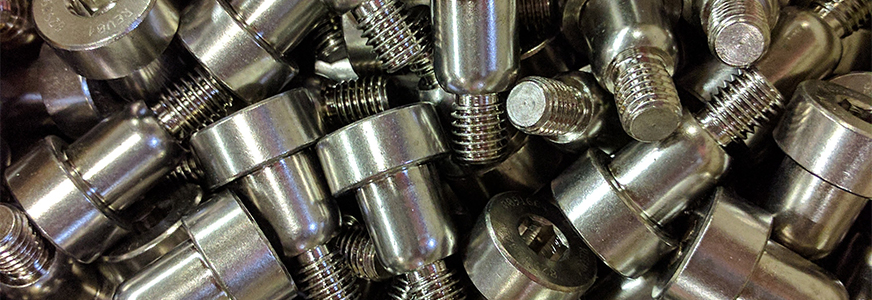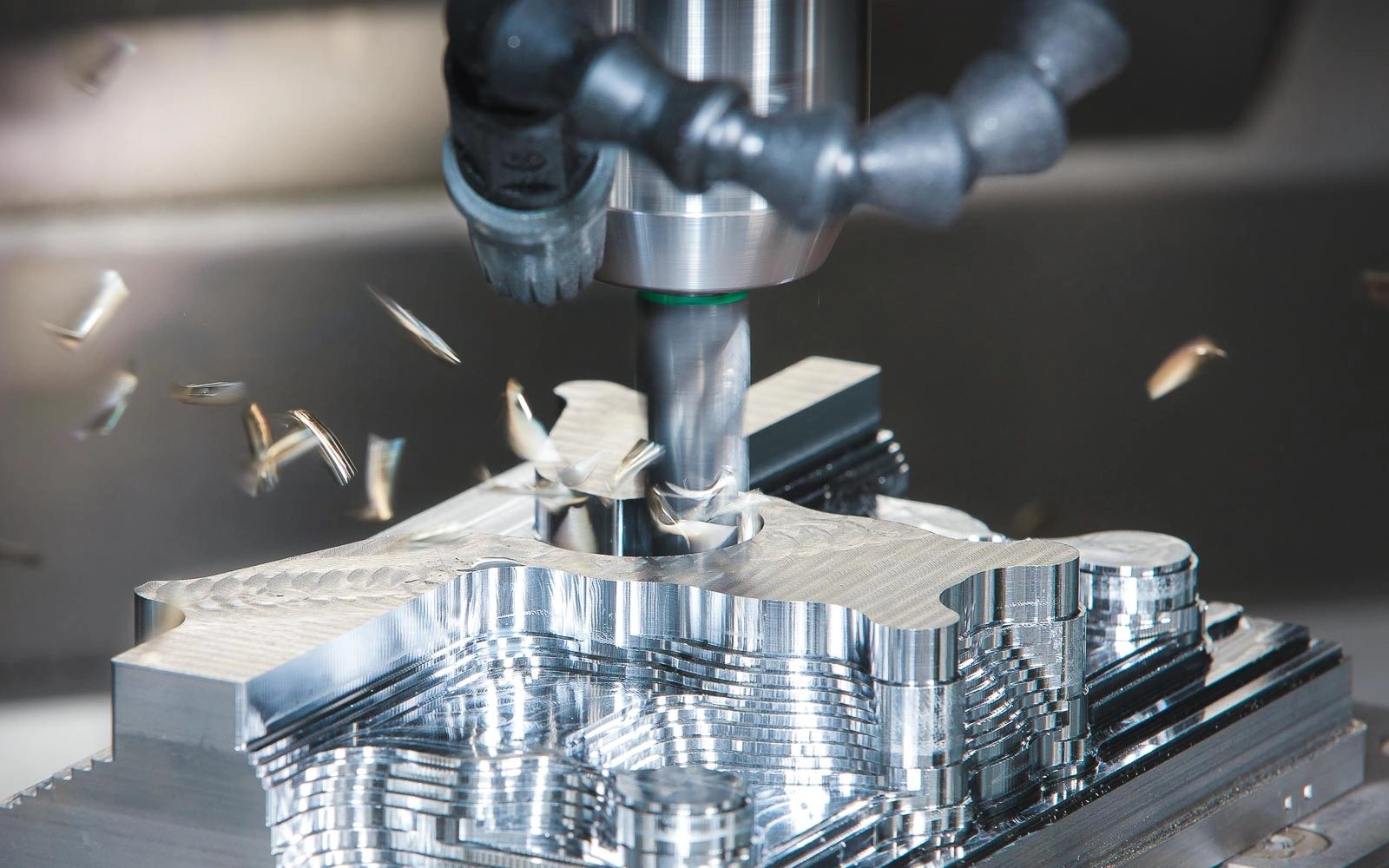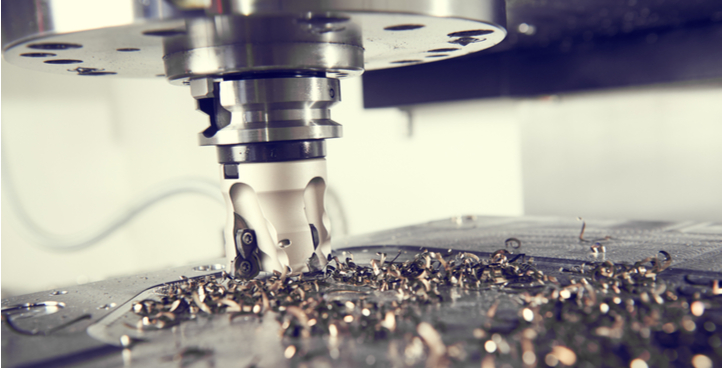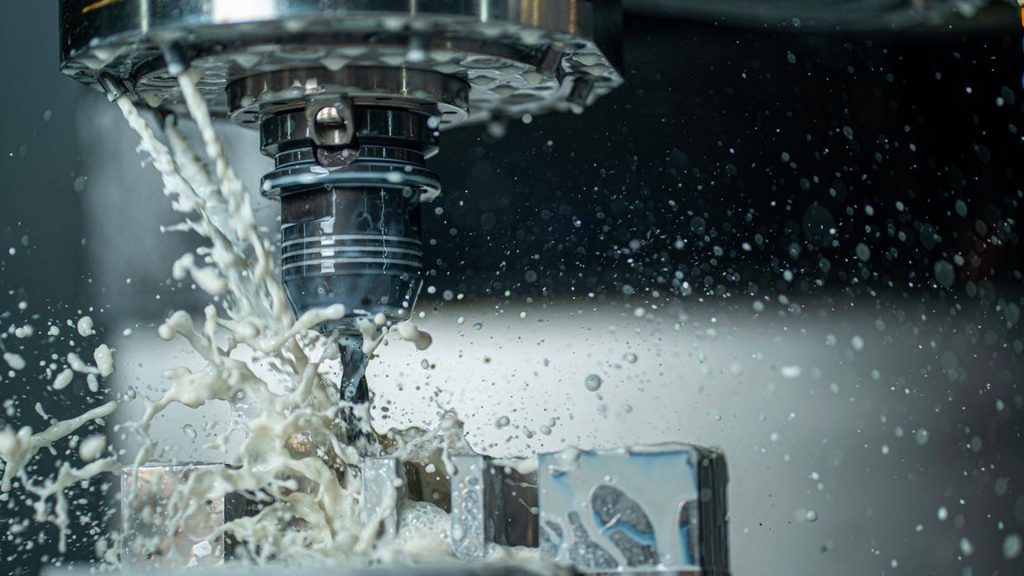There are many advantages to electroless nickel plating for many sectors. It’s very important to recognize its limitations.
First off, not all materials lend themselves well to electroless nickel plating, particularly ceramics and polymers.
Achieving uniformity in coating thickness across the board can be challenging, potentially leading to issues.
It is also necessary to consider the expense. The price might increase significantly for large projects or intricate details.
Garbage and chemicals must of appropriate to protect the environment. Composition and Process of Electroless Nickel Plating
In the metal finishing business, electroless nickel plating is a widely used technique that provides wear resistance and corrosion protection.
A. Components of the plating solution
The plating solution consists of nickel salts, pH adjusters, complexing agents, reducing agents, and stabilizers, among other essential ingredients. Together, these components make it easier for nickel to deposit onto the substrate.
B. Chemical reactions involved
The reduction of nickel ions to metallic nickel on the substrate’s surface is the primary chemical process in electroless nickel plating. A reducing agent—typically a hypophosphite or borohydride compound—accompanies this reduction. The complexing agents help stabilize the nickel ions in the solution, ensuring uniform deposition.
C. Steps in the plating process
- Surface preparation: To eliminate impurities and encourage adherence, the substrate is carefully cleaned and activated.
- Immersion in the plating solution: The chemical reactions occur when the substrate becomes immersed in the electroless nickel plating bath. To guarantee even coverage, the solution is carefully shaken.
- Monitoring and control: To preserve plating quality, parameters like temperature, pH, and concentration are regularly checked and changed as necessary.
- Rinse and dry: To avoid contamination or water stains, the substrate gets dry after plating to get rid of any leftover plating solution.
- Post-plating treatment (optional): To improve corrosion resistance and hardness, the plated components may get further treatments like heat treatment or sealing, depending on the required qualities.
Limitations of Electroless Nickel Plating
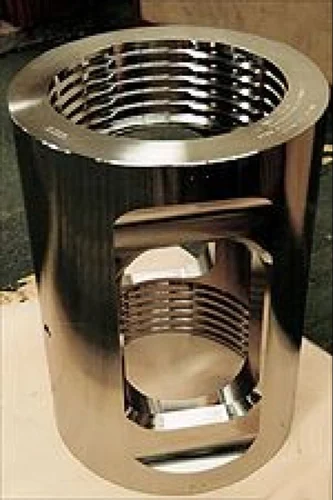
Although electroless nickel plating is widely recognized for its many advantages, it’s important to be aware of its drawbacks, especially regarding thickness consistency.
Challenges in achieving uniform thickness
Maintaining uniform thickness throughout the plated surface may be a difficult undertaking. Non-uniform deposition occurs due to variations in the geometry, surface roughness, and composition of the substrate.
Achieving homogeneity depends on several factors, including chemical replenishment, temperature control, and solution agitation.
Variations in thickness can arise from even little departures from these specifications, potentially causing problems both aesthetically and functionally.
Impact on part functionality and appearance
Parts that are heavily plated may become functionally compromised by an uneven thickness distribution. Variations in coating thickness can interfere with mating surfaces and impact dimensional tolerances in precision components. Furthermore, uneven plating can make completed goods look less attractive, particularly in high-end or decorative applications.
Inconsistent coatings might have visible flaws like blotches, rough patches, or streaks, which reduces the overall visual attractiveness.
Additionally, differences in thickness can affect how well-plated components function, influencing attributes like electrical conductivity, wear resistance, and corrosion resistance.
In essential applications, the integrity and lifetime of the components are often compromised by insufficient thickness in some regions.
To tackle these obstacles, careful process optimization and control are essential. Thickness fluctuations are easily reduced by regular plating parameter monitoring, appropriate substrate preparation, and well-placed agitation devices.
Mitigation Strategies and Solutions
To reduce the drawbacks of electroless nickel plating, creative approaches and solutions that improve process effectiveness and quality are essential.
A. Advanced Monitoring and Control Systems
Having high-tech instruments to monitor variables like temperature, pH levels, and the amount of stirred solution is necessary when using advanced monitoring and control systems. Operators can view real-time information with these systems. That way, they can promptly address any issues that arise. This aids in ensuring that the plating procedure maintains the proper thickness and uniformity.
B. Improved Pre-plating Surface Treatment Techniques
It’s crucial to adequately prepare the surface before beginning the plating procedure. Eliminating any dirt, oil, or other impurities that may be present on the surface is necessary for this. This is often assisted by using cutting-edge methods like laser ablation or plasma cleaning. They are similar to extremely potent cleaning techniques that can prepare the surface for plating by leaving it incredibly clean. The plating will adhere more readily and uniformly to a clean surface.
C. Development of Environmentally Friendly Alternatives
Conventional plating techniques may include the use of environmentally hazardous chemicals. Thus, scientists are searching for more environmentally friendly substitutes. They are experimenting with novel plating techniques that minimize environmental impact. For instance, they may develop better plating solutions or employ less dangerous chemicals. These environmentally friendly substitutes seek to maintain the high caliber of the plated material while lowering waste and pollution.
D. Research and Innovation in Plating Technology
Plating technology is constantly changing, introducing new methods and materials being developed all the time. Scientists are always trying to figure out how to improve plating. For example, they may employ specialized methods such as pulse plating, which can aid in improving the uniformity and longevity of the plated layer. Additionally, they are investigating novel materials that can enhance the plated surface’s characteristics. Through collaboration with academic institutions, industry, and governmental organizations, they may realize these breakthroughs and further develop electroless nickel plating.
Last Remarks
Electroless nickel plating is essential to numerous sectors, including electronics and the automobile industry. But it’s not flawless, like anything else. Improving quality and efficiency requires an understanding of its limitations and taking appropriate action. Let’s examine the significance of resolving these constraints. First of all, it guarantees that the plating procedure proceeds without hiccups and produces high-quality results. Secondly, it helps to minimize waste and environmental impact.



